The continuing growth of the non-fungible tokens (NFTs) and Metaverse sectors is gradually affecting several art industries. Photography NFTs, which have been relegated to the secondary role since 2021’s generative art craze, are slowly regaining much traction lately.
Since their explosion last year, NFTs are becoming prime areas for innovation and entertainment, with many now revolutionizing collectors, investors, and NFTs traders. Furthermore, they have gained lots of attention in the art world, where an item’s origin is everything. Also, owning the official, unique version of an art item, is more valuable than a copy.
Interestingly, the rapidly evolving NFTs technology allows artists to create and store artworks on-chain. Photography arts have positioned themselves among the various art forms taking advantage of the new technology, with most of its participants already getting acquainted with NFTs through different marketplaces such OpenSea.
Notably, the first wave of artists adopting the new NFTs technology has attracted a personal, curated approach toward onboarding new talents. Remarkably, Twitter Spaces and Discord servers have launched vital channels to support outreach in the NFT ecosystem.
NFTs Enhances Content Control
It is worth noting that photography art has the potential to produce an unprecedented supply of content, with NFTs now accelerating and democratizing content while managing to offer new ways to amass revenues from those resources. The photography art sector desperately needs an infrastructure to control the general production of these artworks.
In a recent short interview, Marshall Scheuttle, a veteran photographer, explained how the current Web2 model of “compensation by exposure” has been detrimental for artists:
“How we present our work has been largely dictated by the existing platforms, and as the space grows and evolves, it is imperative for us as artists to contribute new solutions and options for how we can better reach our audience while meeting the needs of the artists to showcase their work.”
“Content is out in the world, and trying to gate it at this point is seemingly impossible. I want my content to be in as many places as possible, as long as I have ways to compensate myself for its production.”
Before summarizing, Scheuttle noted that artist could not freely distribute their art through traditional channels, to create a direct positive impact. But interestingly, blockchain technology, through NFTs, now allows many artists to define their terms, given that the nature of transactions occurring in an open-source environment makes the nascent space more transparent.
NFTs Boosts Arts Ownership
NFTs are actively revolutionizing different aspects of photography, including the proof of provenance, which is appealing to many artists striving to take back full ownership of their artwork and expand their audiences.
The art industry has experienced some challenges in differentiating between provenance and copyright. In that context, most NFT marketplaces are facing the challenge of enforcing copyrights. Many online marketplaces trade in NFTs, with the majority of them using an action-style scheme with different levels of curation.
Unfortunately, these platforms have done relatively minimal to protect the rights and usage of NFTs artworks. In some cases, perpetrators have been unlawfully stealing photos and using them to make their NFTs. In this context, the leading marketplace for non-fungible tokens, OpenSea, recently revealed that most of the minted collectibles on its platform included plagiarized works or fraudulent collections.
In the meantime, there is no perfect scenario where people are not plagiarizing or even repurposing others’ content. Both individuals and companies have been using imagery without authorization in the Web2 world without facing any repercussions. This trend is nothing new to the digital art world.
But interestingly, with the rapidly evolving blockchain technology, replication of crypto art is nearly impossible, as pasting an identical copy of an image cannot capture the information that constitutes the NFTs component of the artwork.
Furthermore, the NFT space promotes the open flow of information, seeking to value the provenance of content that exists on the blockchain. Blockchain also allows crypto artists to certify and mint NFTs related to the authenticity of the created art. These NFTs can be uploaded to various marketplaces with the aim of targeting potential buyers.

Julie Pacio, the daughter of legendary actor Al Pacino, recently launched a self-funding program to promote her project “Keepers of the Inn,” minting a collection of photography NFTs to regain creative control over her artwork.

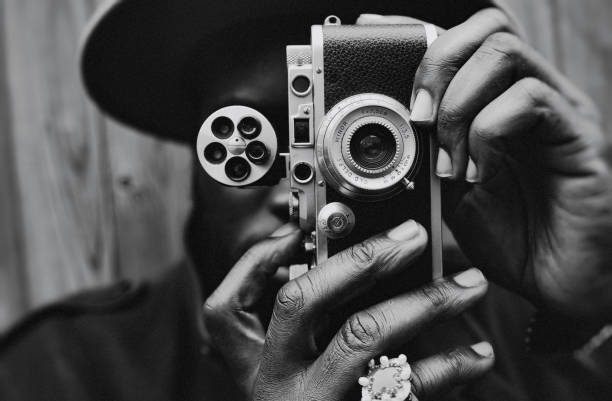
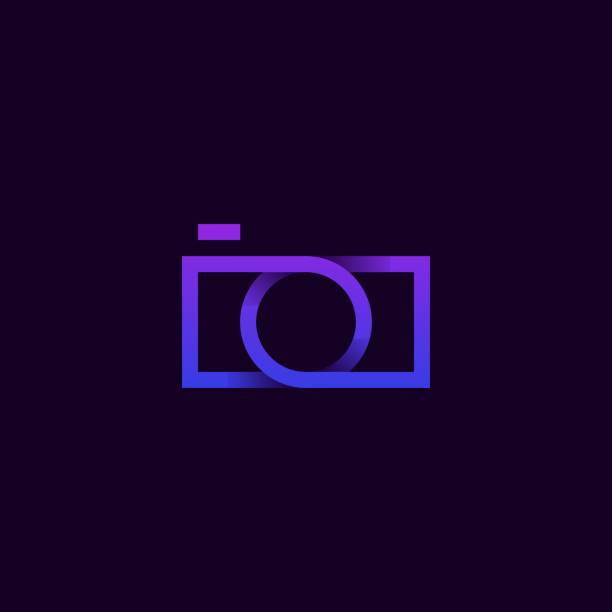
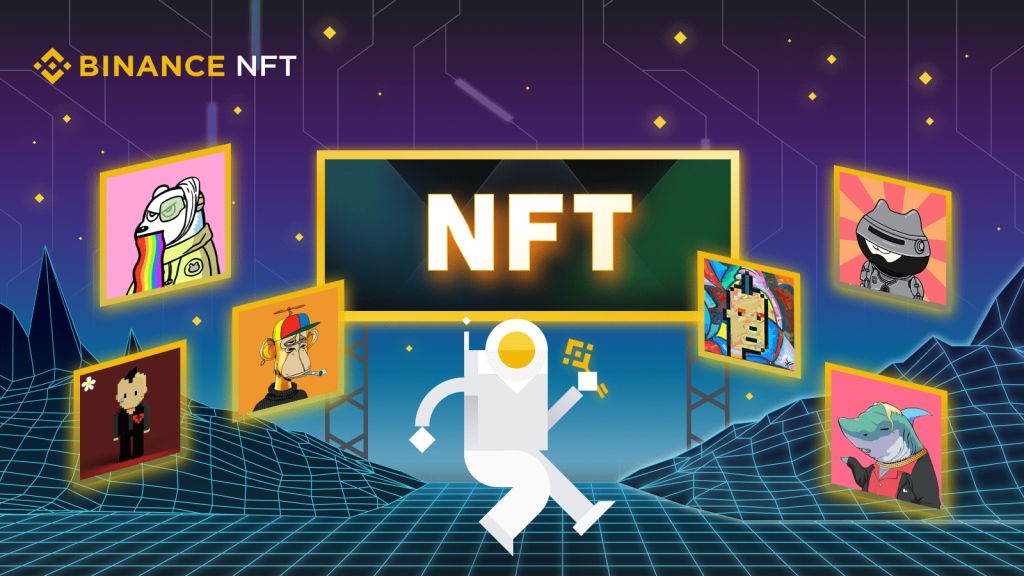
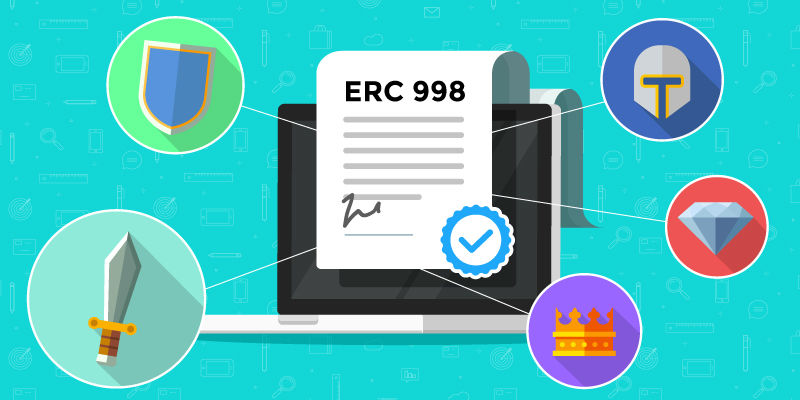
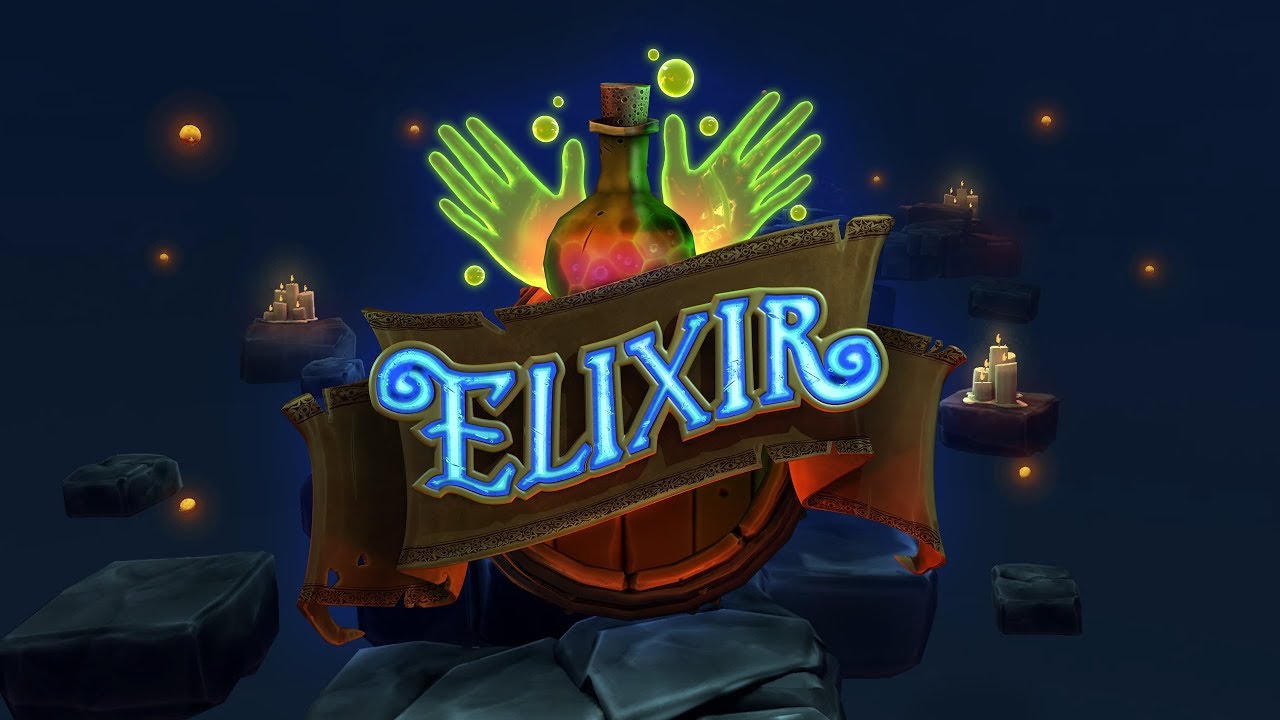
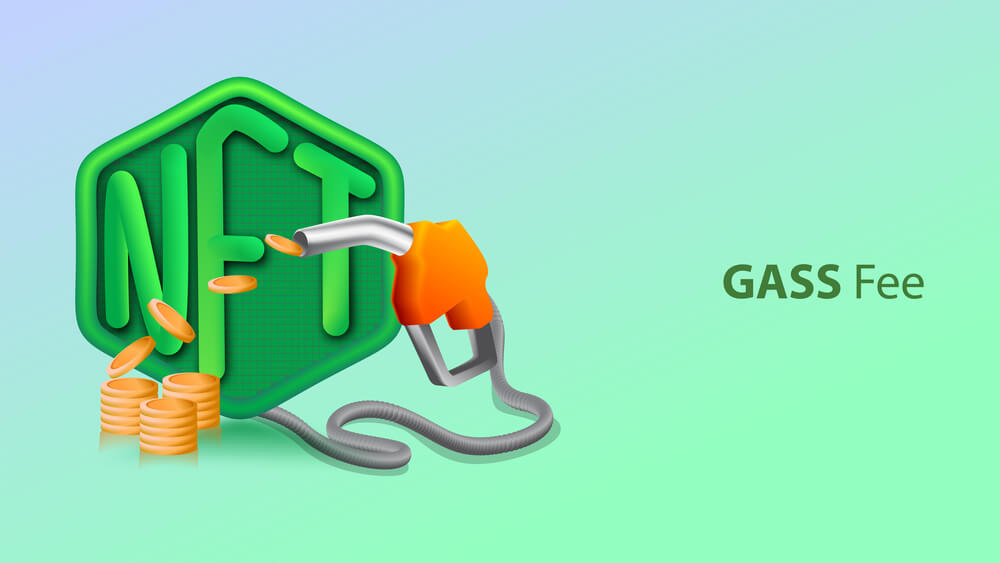
1 comment